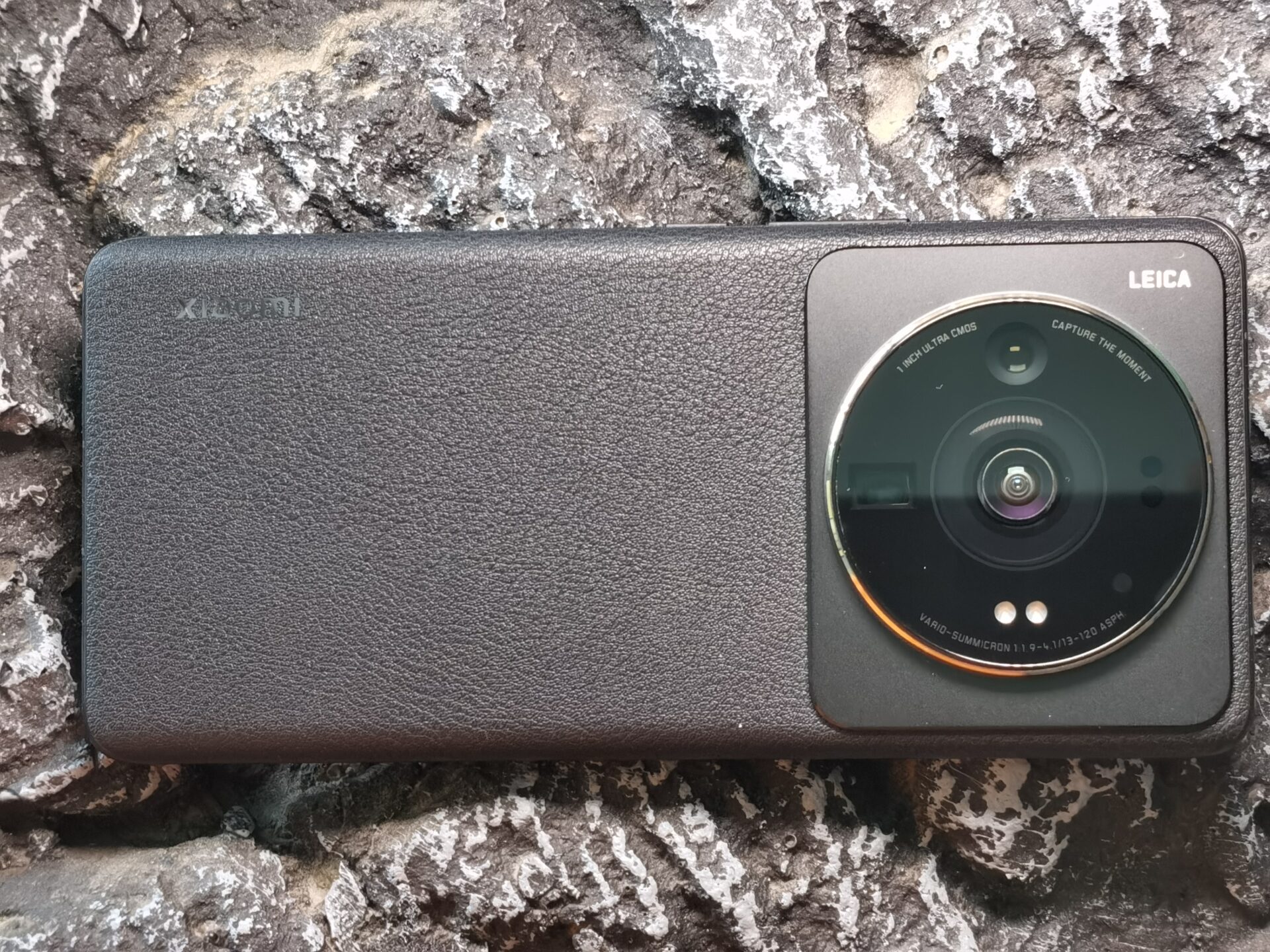
When the Xiaomi 12S Ultra was unveiled last month, it naturally generated a lot of hype for the inclusion of a Leica-powered camera unit.
After all, Leica had a successful partnership with Huawei until recently, when the Chinese company suffered from sanctions from the United States.
The German lens maker had also launched a Japan-only handset with Japanese electronics maker Sharp Aquos R6 in May 2021.
Now, can Xiaomi tap on the imaging expertise of Leica to pull it ahead of rivals? The Xiaomi 12S Ultra, unfortunately, is only for the Chinese market for now, though we got our hands on a unit to try it out recently to see if it lives up to the hype.
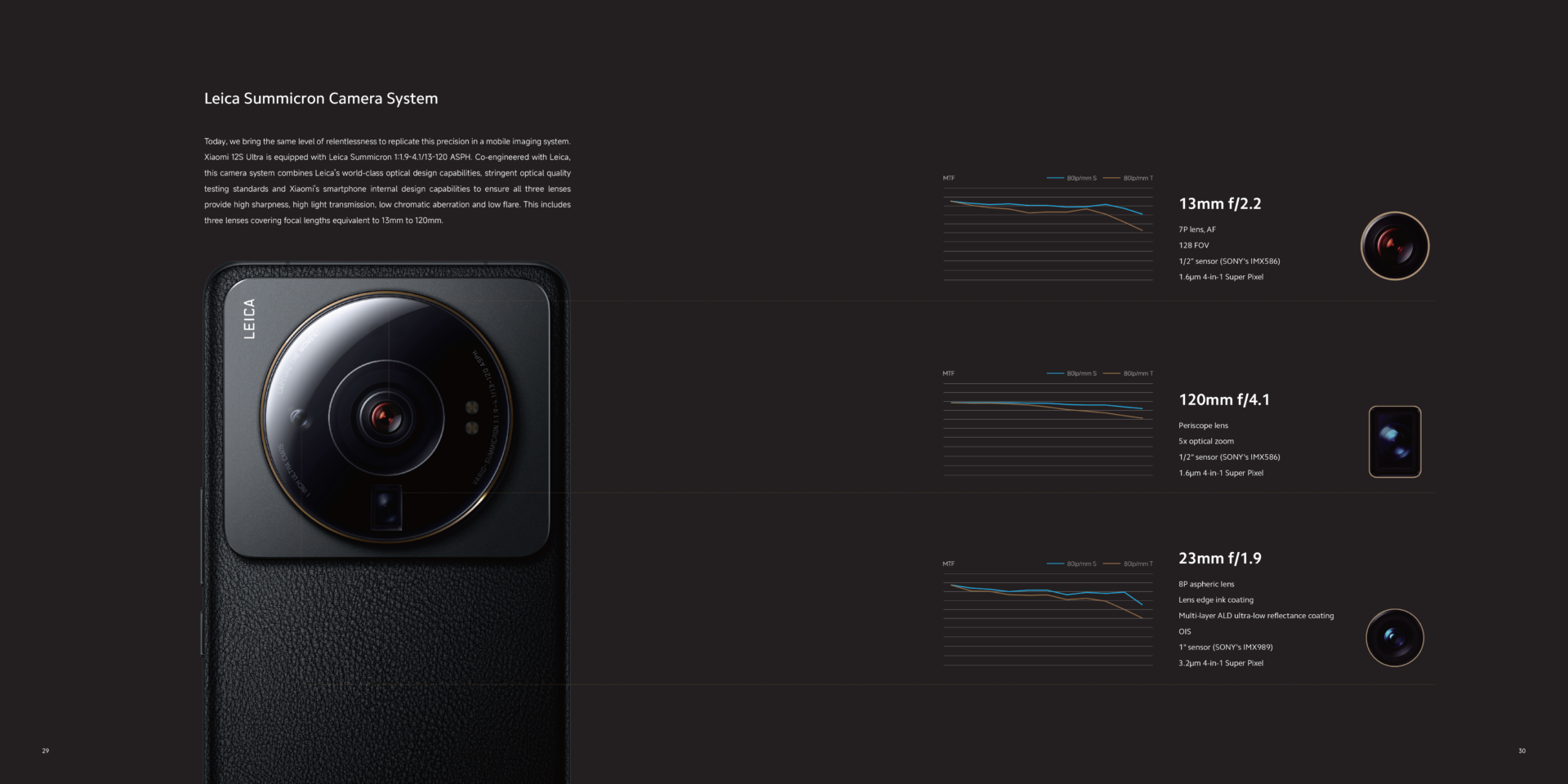
For starters, the tri-sensor camera system makes the Xiaomi 12S Ultra an imaging pocket knife. With it in his hands, a photographer that can shoot a variety of images competently.
The phone has a huge Sony IMX989 1-inch 50-megapixel sensor for its primary 23mm f1.9 wide-angle camera. There is also a full-frame equivalent 120mm f4.1 5x periscopic optical zoom lens and a 13mm f2.2 ultrawide-angle lens. Both of these are paired with 48-megapixel sensors.
The Leica Vario-Summicron lens is designed to fully cover the 1-inch sensor’s area rather than just the centre. This may be superior to Sony’s imaging-focused Xperia Pro-I phone that also sports an 1-inch sensor.
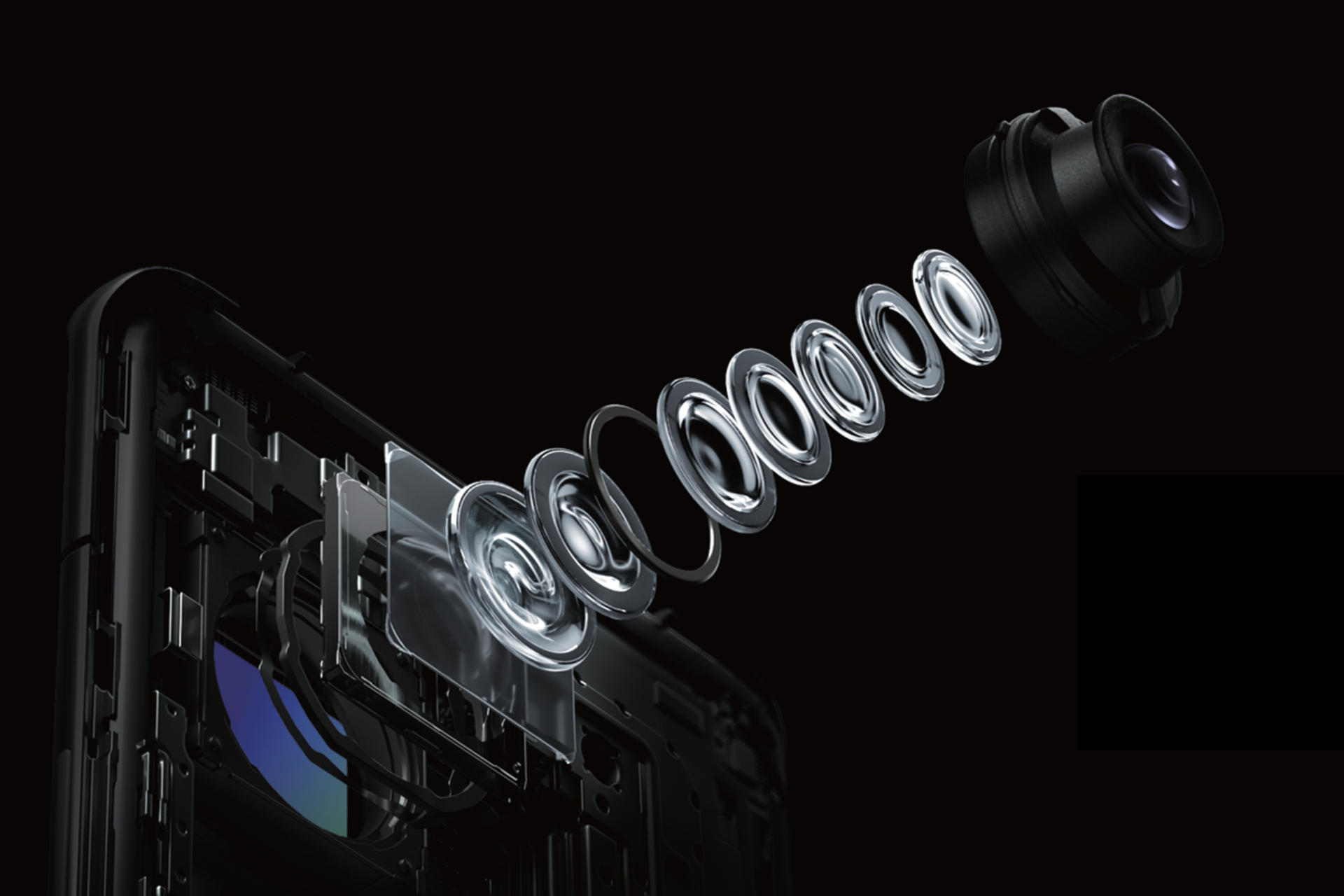
How the camera captures and processes the data from the sensors to recreate the colour science that comes with the “Leica Look” is also essential. This is only second to the lens quality.
Leica is said to have worked with Xiaomi to improve the imaging algorithm, contrast, texture restoration, digital colour luminance and even file format specifications.
In my tests, the images exhibit excellent sharpness and contrast, as well as “punchy” colours that catch the eye but isn’t over-saturated. The Xiaomi 12S Ultra’s performance has largely improved from the Xiaomi Mi 10T Pro, the last Xiaomi phone I tested.
What also intrigues me is that the Xiaomi 12S Ultra has the familiar feel of a Huawei smartphone camera, though the interface is updated with minor changes in font size and camera settings.
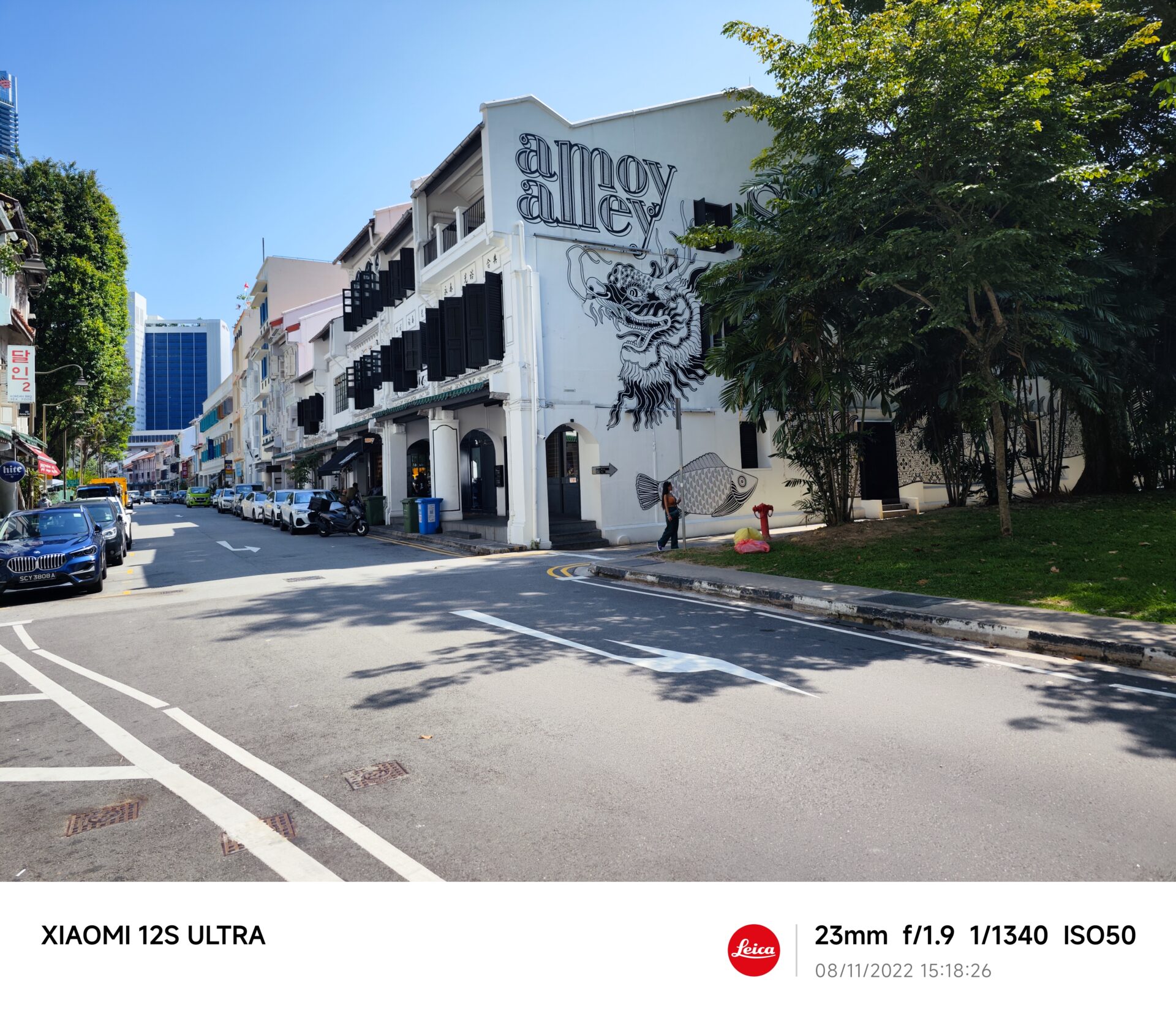
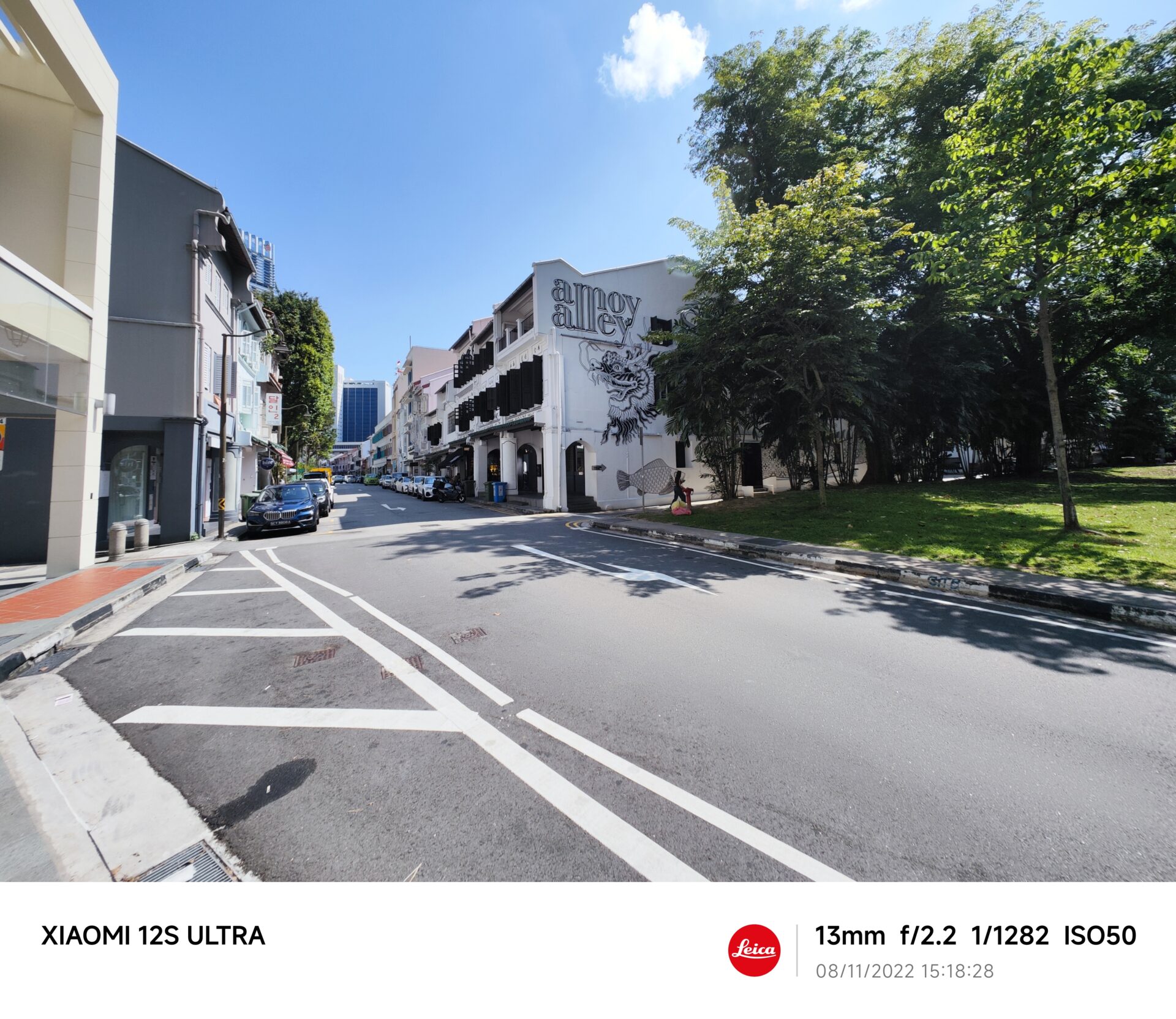
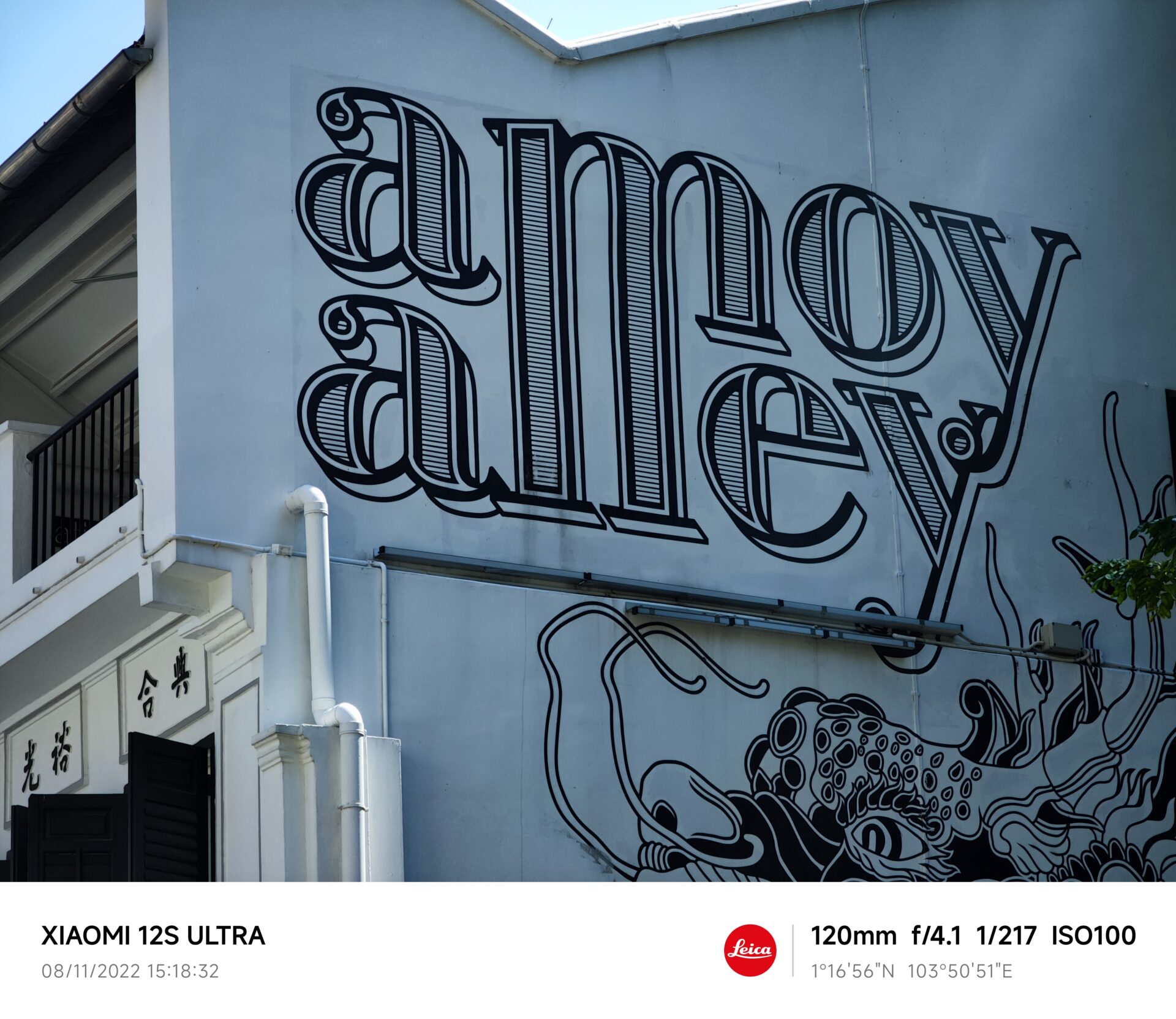

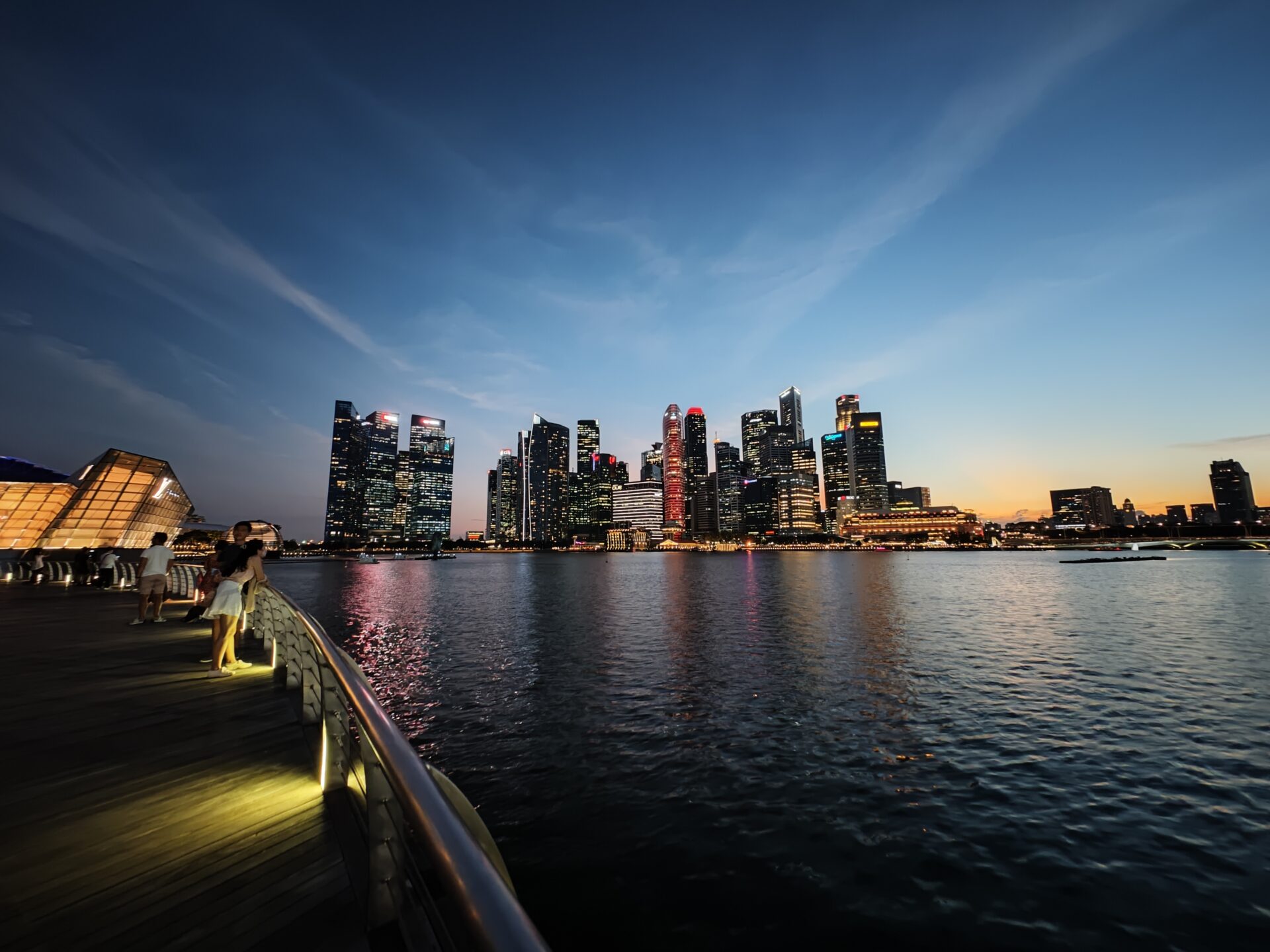

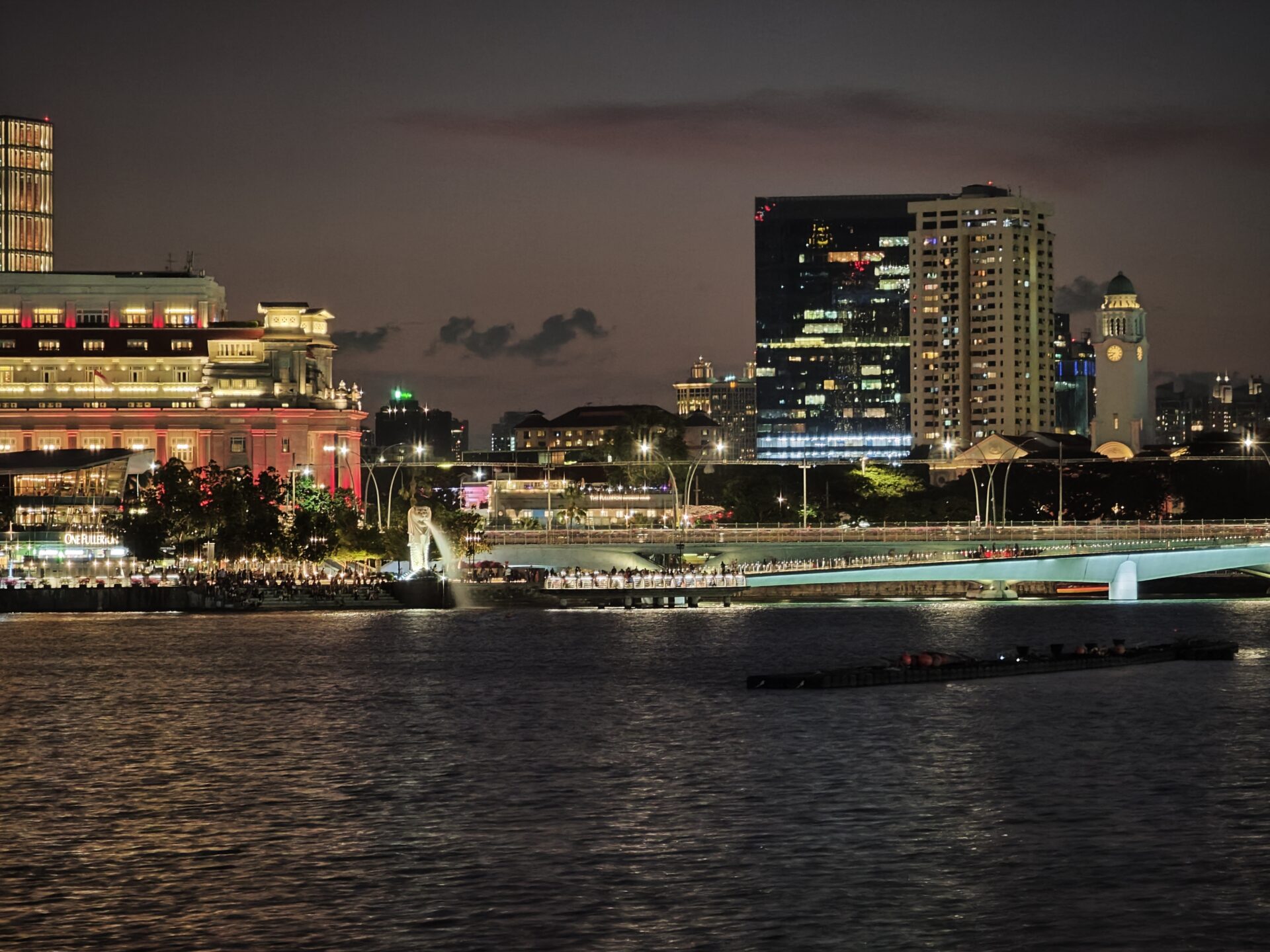
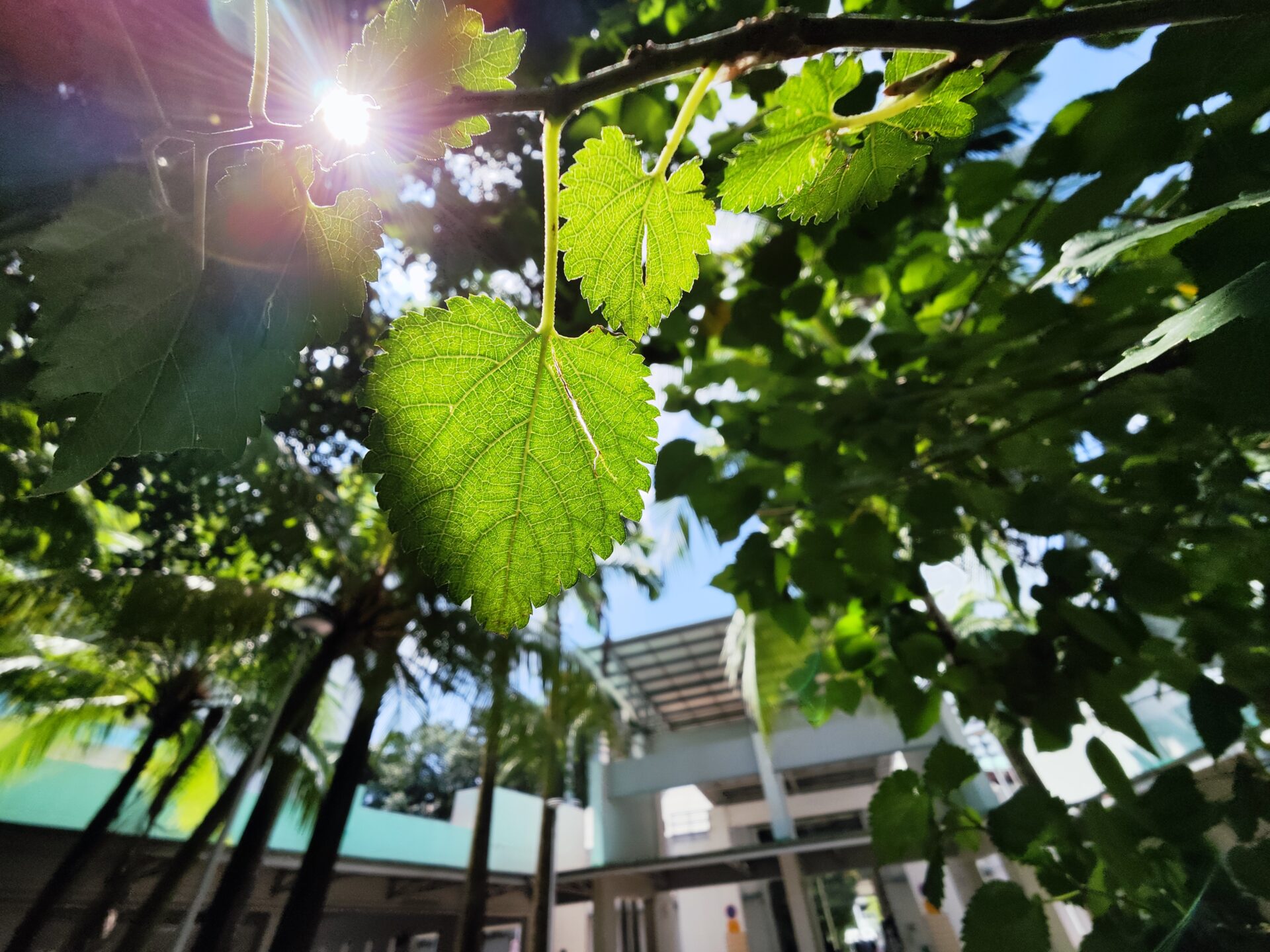


The Xiaomi 12S Ultra has also improved on its Professional Mode. It now offers longer shutter speed settings that go beyond the 1-second mark in most smartphones.
That opens up many creative opportunities, such as slow-shutter capture of flowing water, moving vehicles and even fireworks.
However, the Xiaomi phone isn’t perfect. While it is impressive with single-shot landscape, food and macro shots, its Portrait mode does not extract a subject cleanly away from the background.
The front-facing selfie camera is not as good, either. Pictures shot with it exhibit odd-looking skin tones even with the “beauty” mode disabled.

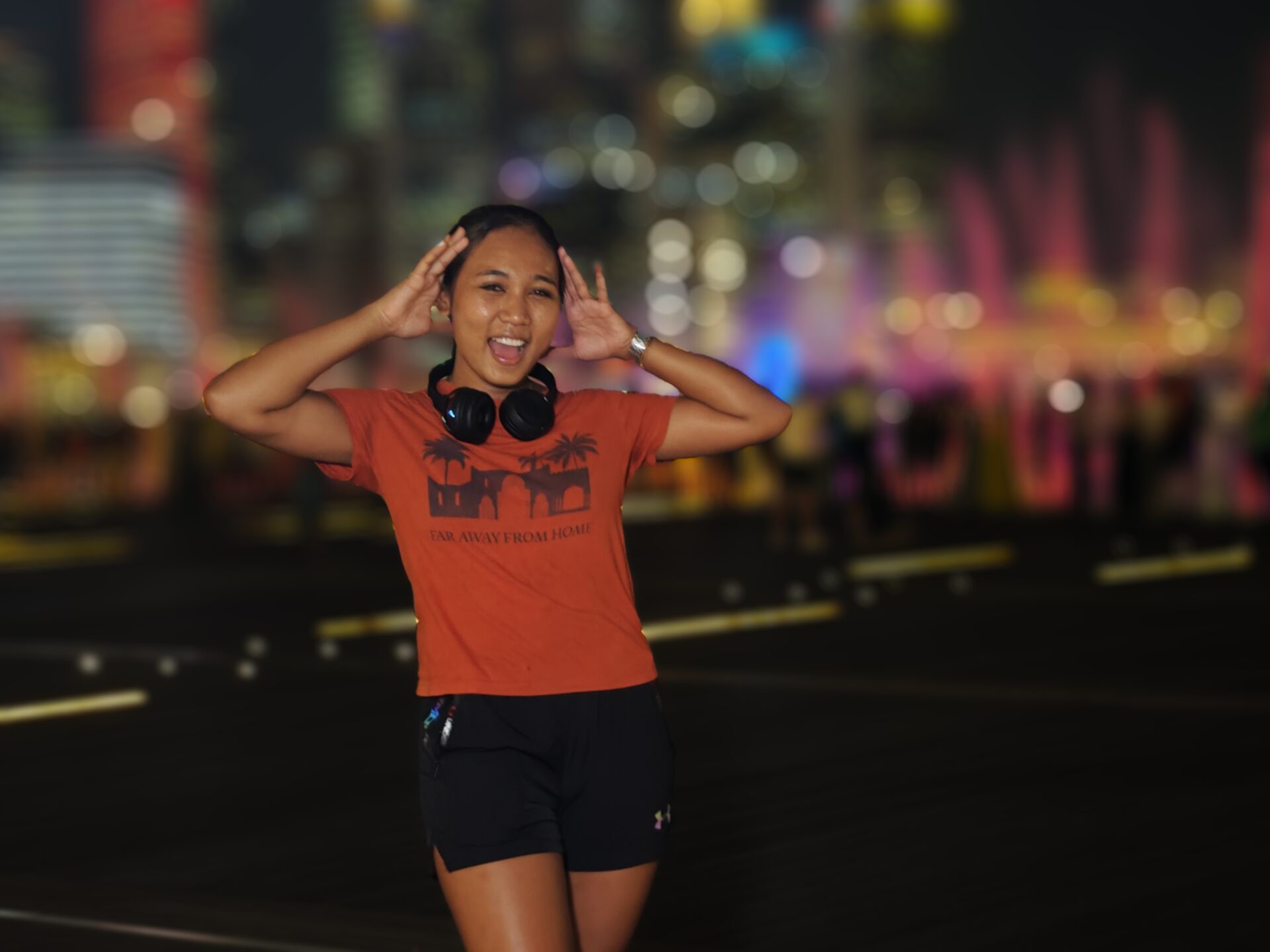
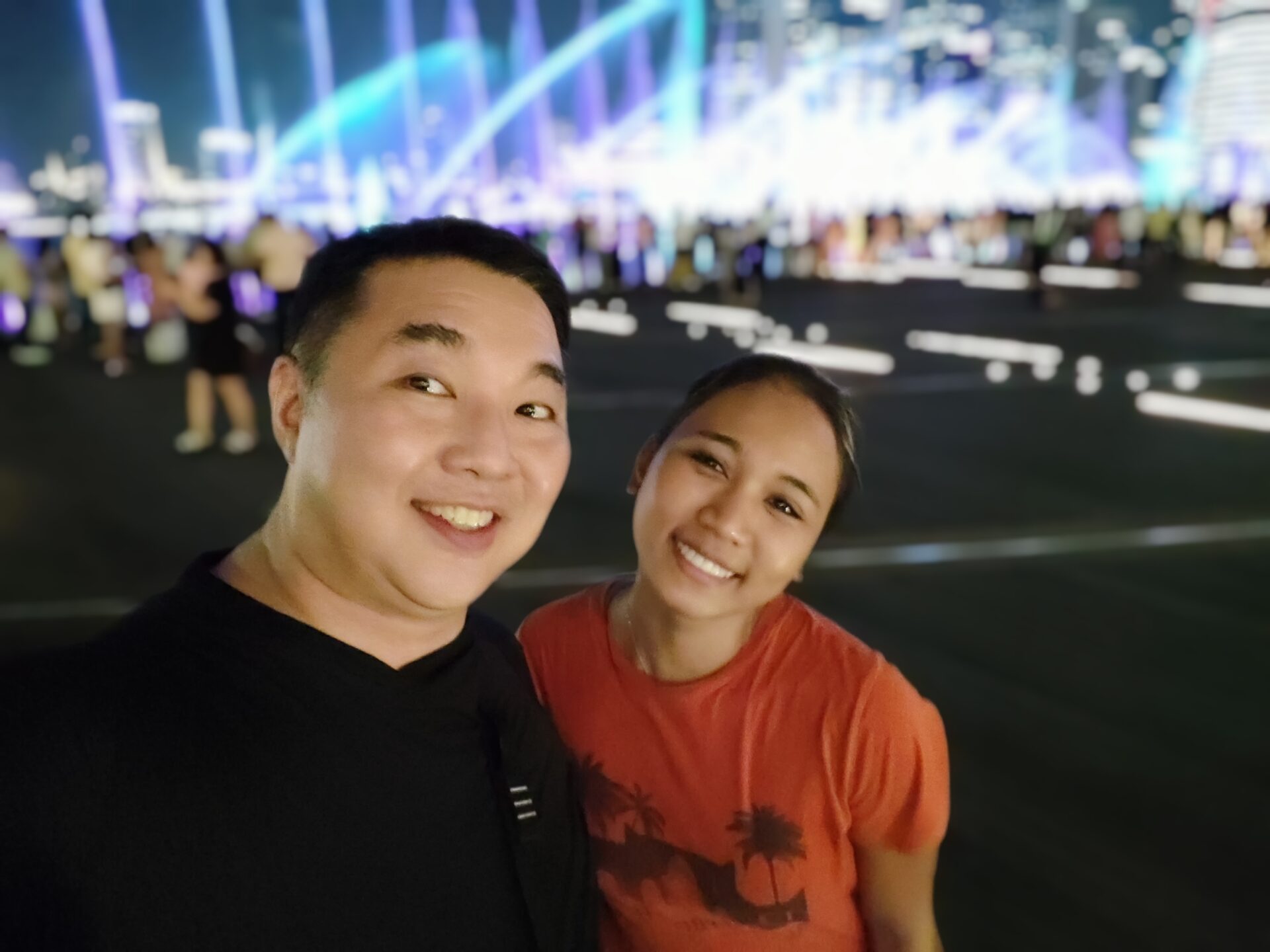

The panorama mode is also disappointing because the smartphone cannot stitch my test images correctly. Even though a tripod with a panoramic head is used with the device, the image’s horizon is not straight.
Thanks to the Qualcomm Snapdragon 8+ Gen 1 processor and 12GB of RAM, the camera system is not sluggish, except for the slight shutter lag. However, I have to time my shutter just right to capture the right moment.
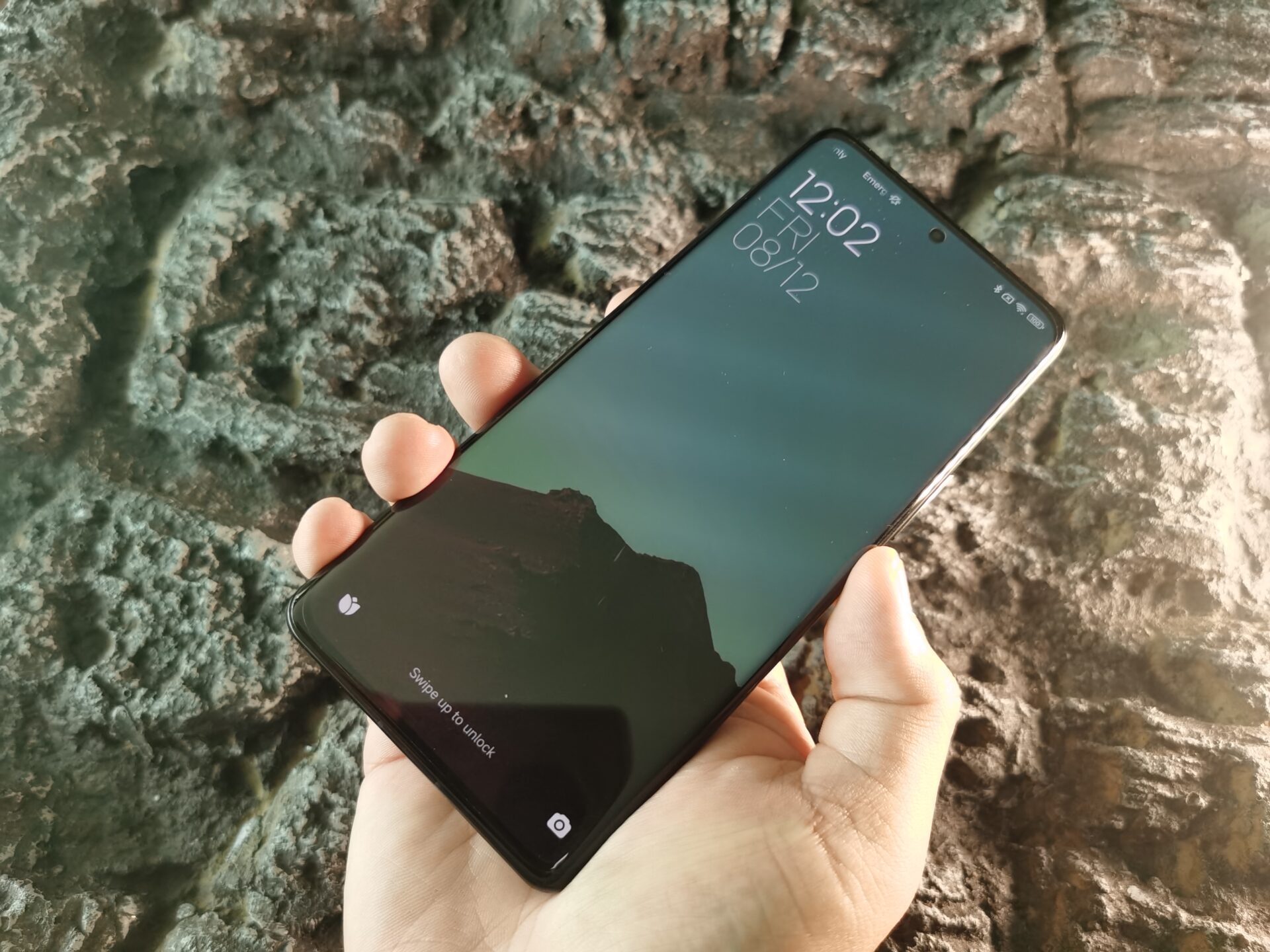
The Xiaomi 12S Ultra is quite thick at 9mm, no thanks to the large camera module at the back. However, its screen is top-notch. The 6.73-inch 2K Samsung AMOLED screen upfront with a 32-megapixel selfie camera is buttery smooth, bright and sharp.
What I also like is the faux leather back. It gives you a sure grip of the hefty 225g device, plus it lends a luxurious feel that matches the Leica brand. The 12S Ultra is a handsome phone with or without a cover.
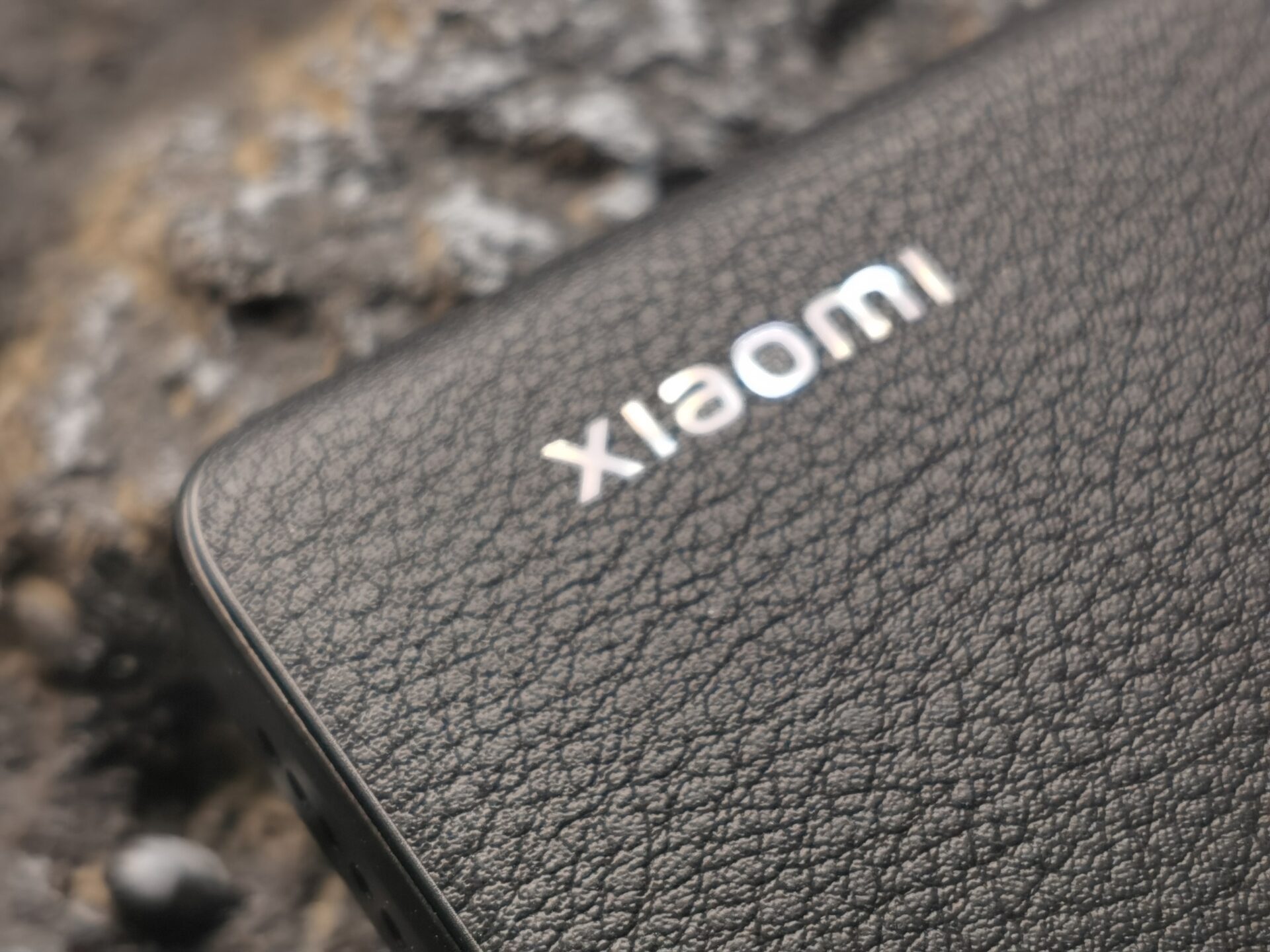
Unfortunately, the review set is meant for the China market and installing commonly used apps on the phone is a hassle for those who rely heavily on Google services.
We would like to try working on a complete review when a global version is released. No firm dates for that, though.
That might be a good thing because Xiaomi might want to tweak a couple of things in the imaging department to make this a true mobile photography powerhouse.
Right now, the 12S Ultra works best when you use the camera in the normal Photo and Manual settings. The image quality from the oft-used Portrait mode and Selfie camera is not performing at a level expected from a flagship device, so this is not a home run for Xiaomi.
In China, the list price of RMB 6,999 (S$1,428) for the 12GB+512GB variant makes the Xiaomi 12S Ultra competitive among flagship phones, which are priced in the same ballpark.
The price and availability of the latest Xiaomi device in Singapore is unknown for now.






